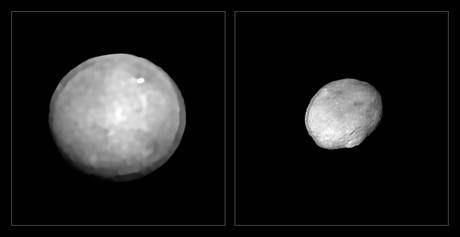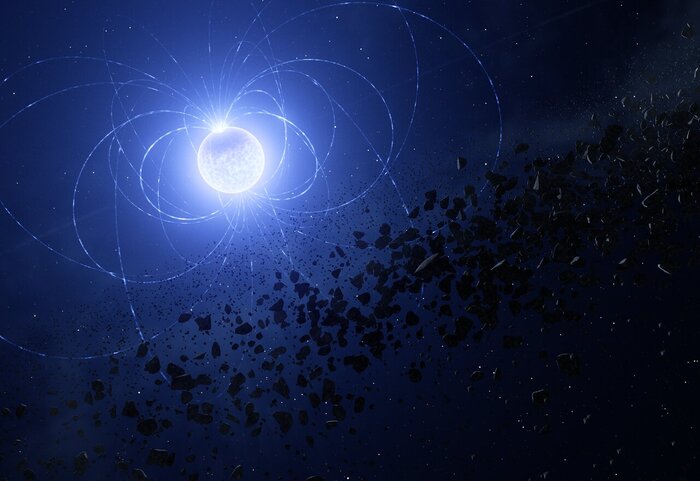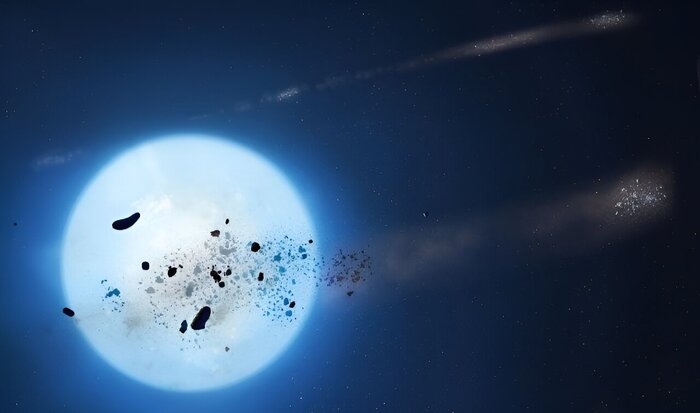From Ceres to Urania, 42 of the largest asteroids in the Solar System located in the belt between Mars and Jupiter have been photographed by the Vlt (Very Large Telescope) of the European Southern Observatory (Eso).
Never before has such a large group of asteroids been captured so clearly, the images of which have been published in the journal Astronomy and Astrophysics by the team of the Marseille Astrophysics Laboratory led by Pierre Vernazza.
"Only three major main-belt asteroids, Ceres, Vesta and Lutetia, have so far been captured in a high level of detail thanks to the Dawn and Rosetta space missions," observes Vernazza. Between 2017 and 2019, the astrophysicist, with his team, discovered that most of the 42 asteroids are larger than 100 kilometers. The two largest are Ceres and Vesta, whose diameter is approximately 940 and 520 kilometers respectively, while the smallest are Urania and Ausonia, each approximately 90 kilometers in diameter.
The asteroids Ceres and Vesta (source: ESO / Vernazza et al./MISTRAL, ONERA / CNRS)
As for the shapes, the asteroids can be divided into two families: some are almost perfectly spherical, such as Hygiea and Ceres, while others have a elongated, up to the bizarre shape of Cleopatra, which resembles a bone.
By combining the shape of the asteroids with information about their mass, the astronomers found that the density of these celestial bodies changes significantly.
The four less dense asteroids, including Lamberta and Sylvia, have a density of about 1.3 grams per cubic centimeter, similar to that of coal;
the densest, Psyche and Kalliope, have densities of 3.9 and 4.4 grams per cubic centimeter, higher than that of diamond (3.5 grams).
"Such a variety in composition can only be understood if the bodies originated in different regions of the solar system," explains Josef Hanus of the Charles University in Prague.
In fact, less dense asteroids are thought to have formed in remote regions beyond Neptune's orbit, and then migrated to their current position.




/cloudfront-eu-central-1.images.arcpublishing.com/prisa/TQ73US57UFGWTIXR7C3BS2OTIA.jpg)










